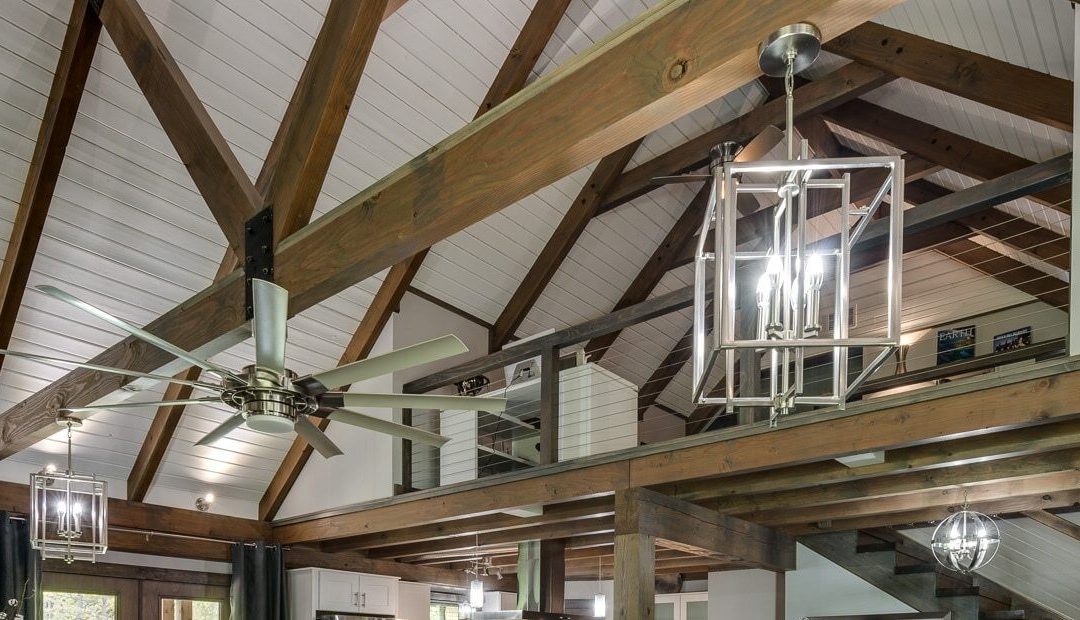Soaring ceilings in the design of Honest Abe Log Homes lend themselves to functional ceiling fans. Here are tips about selecting the right fan for your log cabin.
Size: The size of the fan should be proportionate to the size of the room. A larger fan is typically more effective at circulating air in a larger space, while a smaller fan is better suited for smaller rooms.
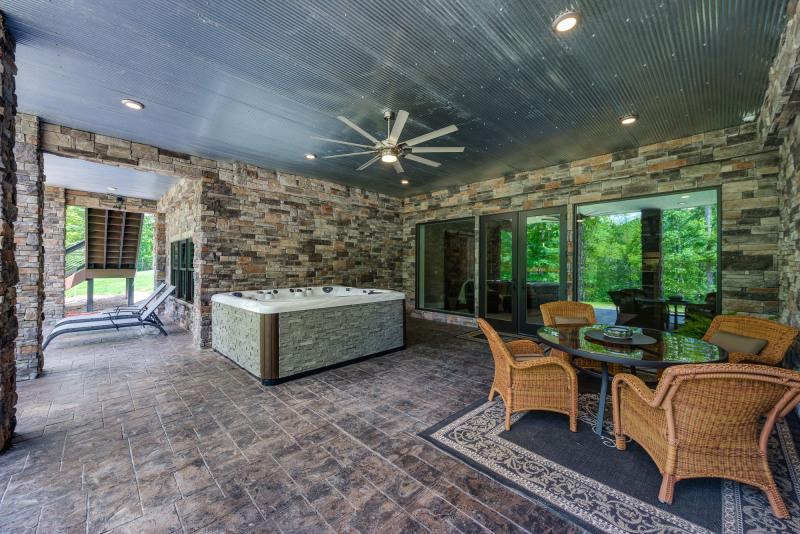 Ceiling height: The height of your ceiling can affect the type of fan you choose. For example, if you have a high ceiling, you may want to consider a fan with a longer down rod, which will allow the fan to hang lower from the ceiling.
Ceiling height: The height of your ceiling can affect the type of fan you choose. For example, if you have a high ceiling, you may want to consider a fan with a longer down rod, which will allow the fan to hang lower from the ceiling.
Style: The style of the fan should match the decor of the room. There are a wide variety of fan styles to choose from, including traditional, modern, and rustic.
Functionality: Consider the purpose of the fan. Do you need a fan that can be used all year round to both cool and heat the room, or do you just need a fan for circulation during the warmer months?
Features: Look for features that will enhance your experience, such as a remote control, energy-efficient design, or the ability to adjust the fan’s speed and direction.
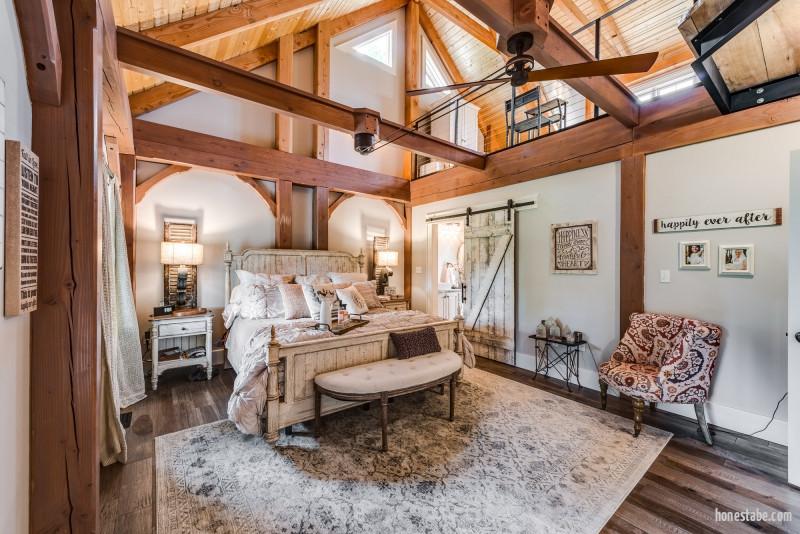
Price: Determine your budget and look for a fan that fits within it. Keep in mind that higher-priced fans may have more features and a longer lifespan, which can make them a more cost-effective choice in the long run.
Honest Abe’s design team can help insure that your ceiling fan works to help with your heating and cooling system to provide both style and function.
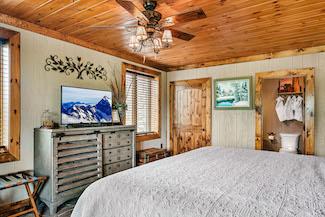 When choosing a fan for a cathedral ceiling, it’s important to consider the size of the room and the height of the ceiling. A larger fan will typically be more effective at circulating air in a larger room, and a fan with a longer downrod can be helpful for high ceilings.
When choosing a fan for a cathedral ceiling, it’s important to consider the size of the room and the height of the ceiling. A larger fan will typically be more effective at circulating air in a larger room, and a fan with a longer downrod can be helpful for high ceilings.
As a general rule, the blades of the fan should be at least 7 feet above the floor to ensure that they don’t hit anyone, and the blades should be at least 18 inches from the walls and other objects.
If you have a cathedral ceiling with a slope, you may need to install a fan that can be mounted on a sloped ceiling or use a downrod with a longer extension to reach the desired height. You should also make sure that the fan is properly balanced and secured to prevent it from wobbling or falling.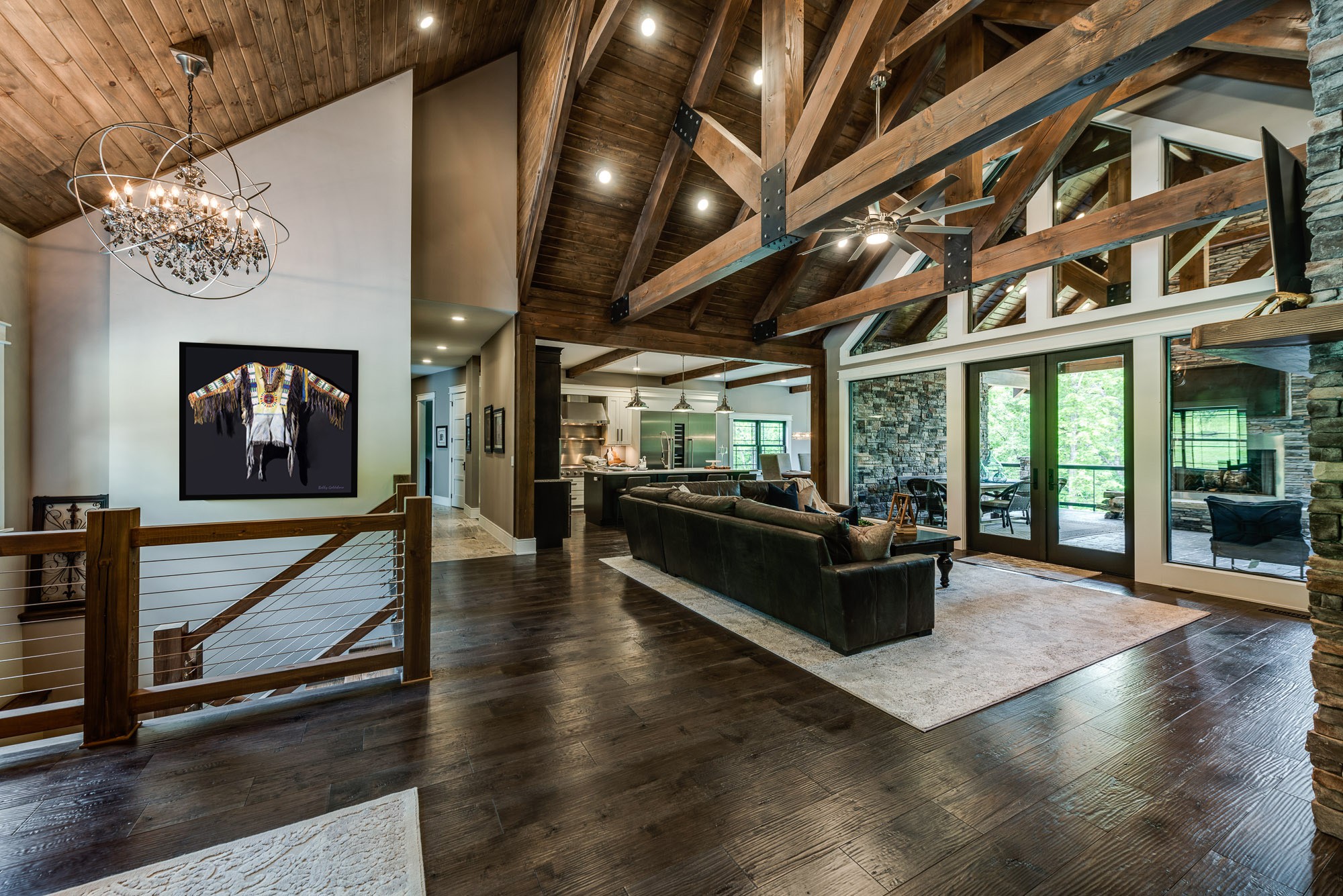
In terms of the number of blades, a fan with more blades may be quieter and more energy-efficient, but it may also be more expensive. A fan with fewer blades may be less expensive and move more air, but it may also be louder and less energy-efficient. Ultimately, the right number of blades for your fan will depend on your personal preferences and budget.
– story by Honest Abe Log Homes ©2023

